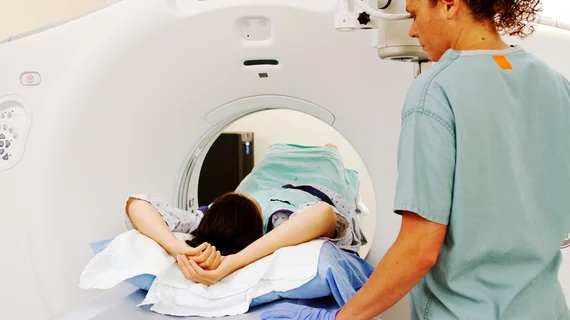Radiologists ‘highly encourage’ using structured reporting system for bladder cancer MRI
The Vesical Imaging-Reporting and Data System scored high marks from radiologists when used for predicting bladder cancer muscle invasion, experts reported on Friday.
Scientists first introduced VI-RADS back in 2018 as a means to consistently determine the disease’s severity via multiparametric MRI. Just recently, a team of Egyptian physicians took the system for a spin, sharing their feedback in European Radiology.
Conducting a study across multiple imaging centers, Maha Ibrahim Metwally and colleagues found that the reporting system was well-accepted among radiologists who “highly encouraged” using it in daily practice. The two highest cancer scores on its five-point scale, in particular, proved most effective.
“VI-RADS showed high diagnostic validity and reliability for predicting muscle invasion by [bladder cancer], especially VI-RADS 4 and 5,” Metwally, with the department of radiology at Zagazig University in Egypt, and co-authors wrote Feb. 19. “However, VI-RADS 2 and 3 require further modifications to enhance their diagnostic validity,” they added
To reach their conclusions, researchers enlisted 331 patients with suspected or untreated bladder cancer for the study. Each underwent preoperative mp-MRI of the bladder, with four experienced radiologists each independently evaluating the images using VI-RADS. Overall diagnostic validity of the reporting system was high, researchers noted, and all four reviewers fully agreed that structured reporting for bladder tumors should be encouraged.
You can read more about their results European Radiology here, and our past coverage of another VI-RADS analysis here.

